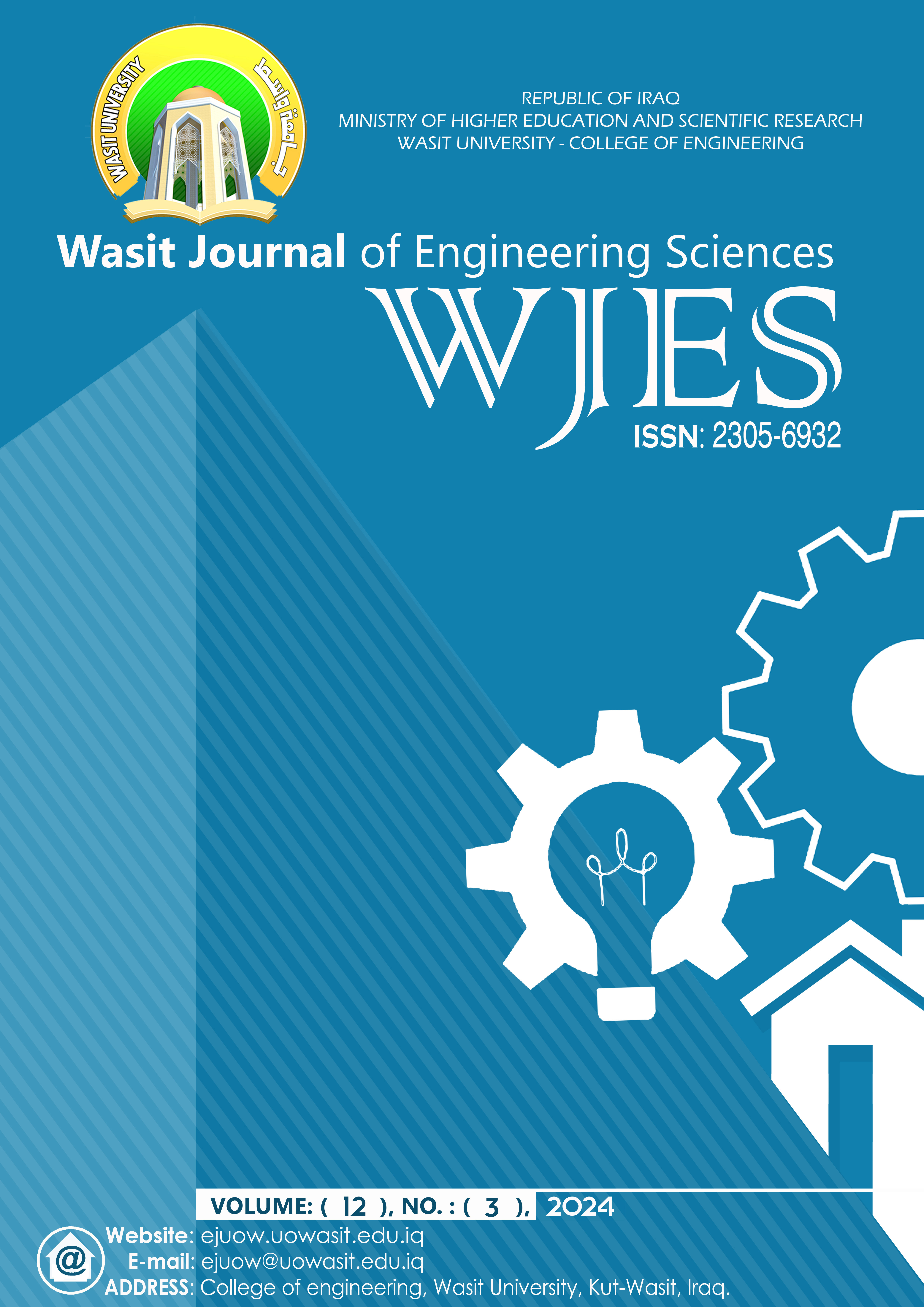Abstract
In recent years, the fields of robotics have witnessed major developments, and simulation tools have played an important role in facilitating research and development.
The WidowX250-6DOF robotic arm and the Rviz visualization tool are used in this study to look at how altering joint angles affects the position and orientation of the end-effector. The main goal of this study is to incorporate ROS on a Linux platform in order to give the widowX-250 a simulation environment. Important tasks like the application of forward, position/trajectory control and inverse kinematics should be enabled by this platform. ROS, together with Gazebo, RViz, and MoveIt, are crucial technologies for this project. The goal of this research is to gain a better understanding of how variations in joint angles impact the positioning and orientation of the robot\\\'s end-effector. The research helps to improve robotic arm control tactics and applications in many different industries, including manufacturing, automation, and robotics.
The WidowX250-6DOF robotic arm and the Rviz visualization tool are used in this study to look at how altering joint angles affects the position and orientation of the end-effector. The main goal of this study is to incorporate ROS on a Linux platform in order to give the widowX-250 a simulation environment. Important tasks like the application of forward, position/trajectory control and inverse kinematics should be enabled by this platform. ROS, together with Gazebo, RViz, and MoveIt, are crucial technologies for this project. The goal of this research is to gain a better understanding of how variations in joint angles impact the positioning and orientation of the robot\\\'s end-effector. The research helps to improve robotic arm control tactics and applications in many different industries, including manufacturing, automation, and robotics.
